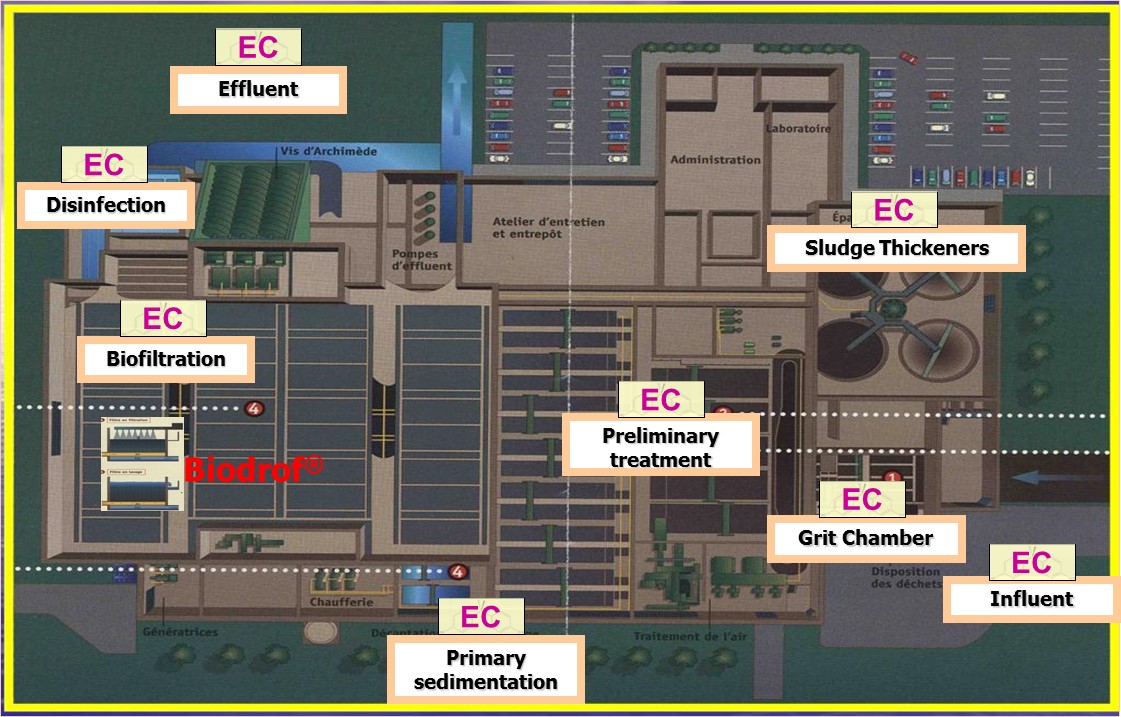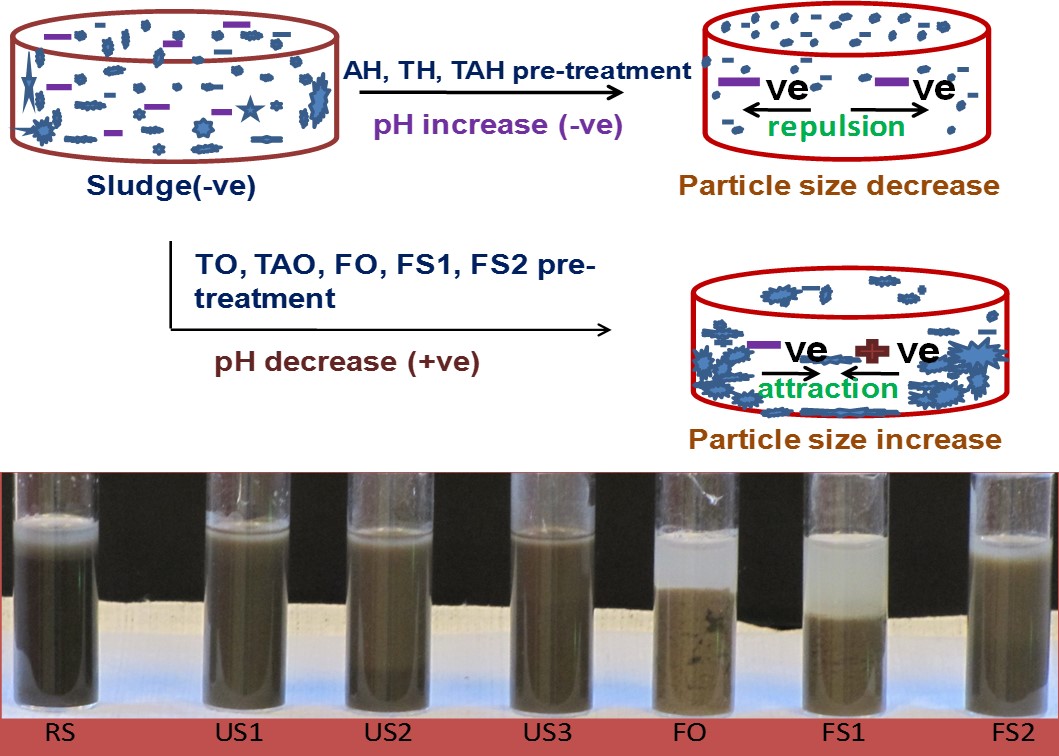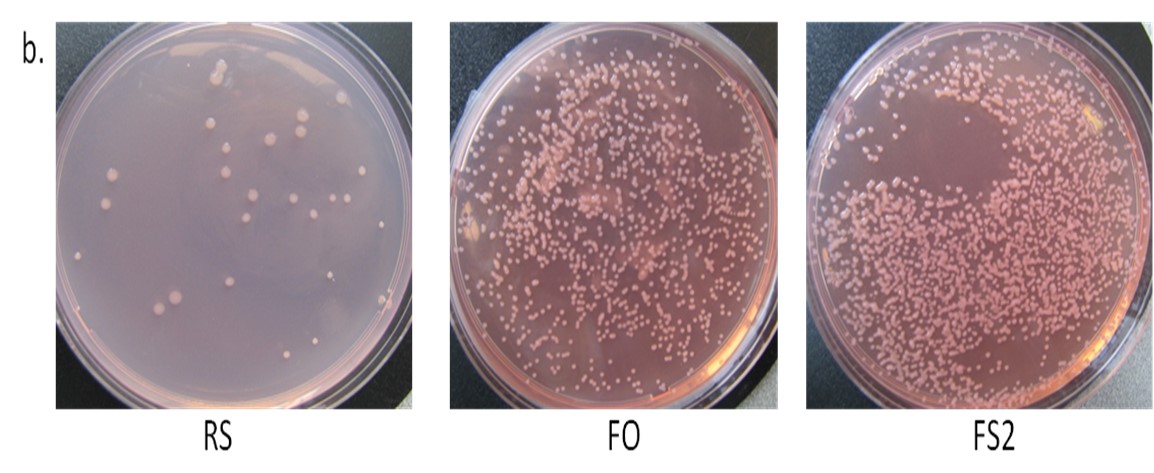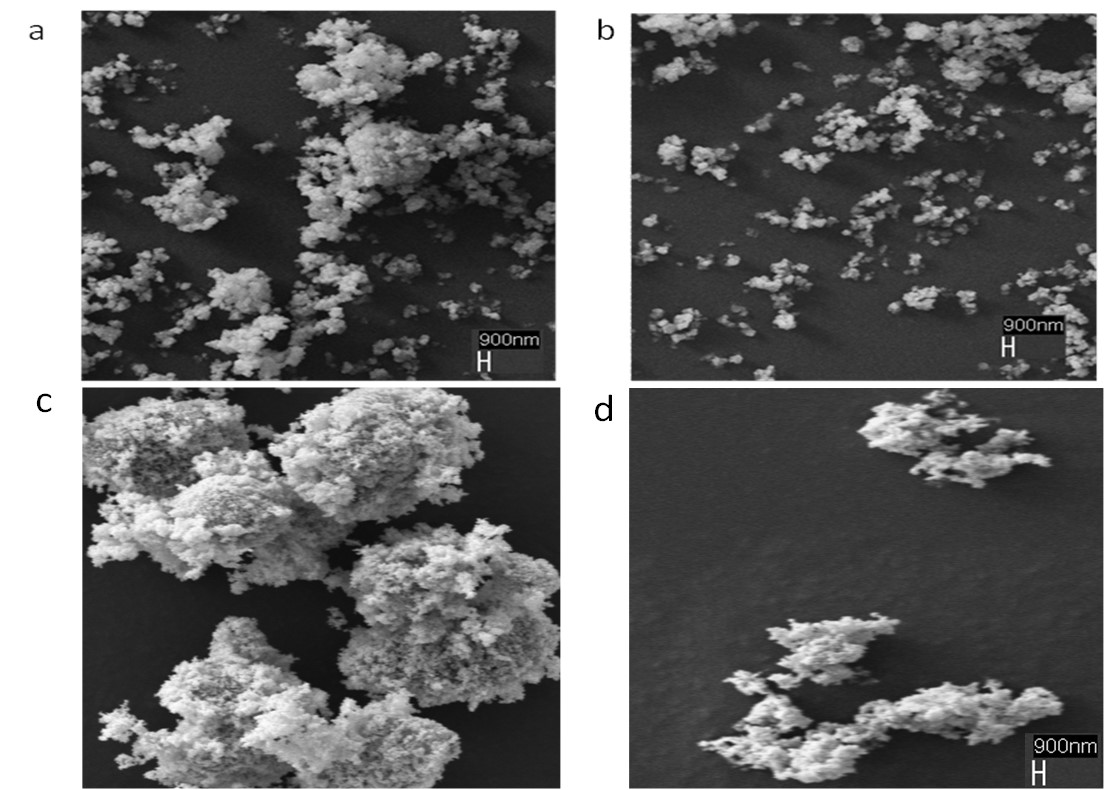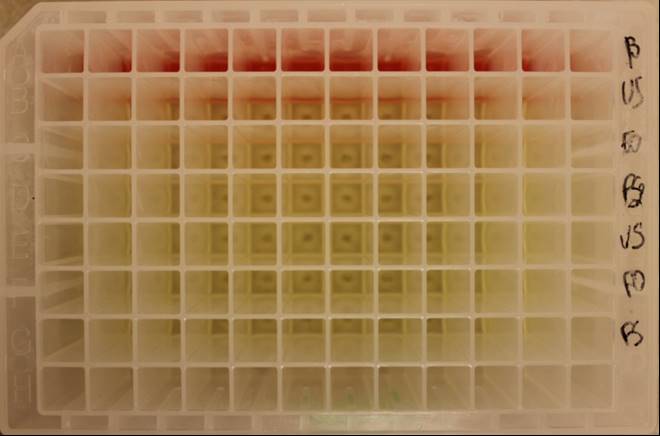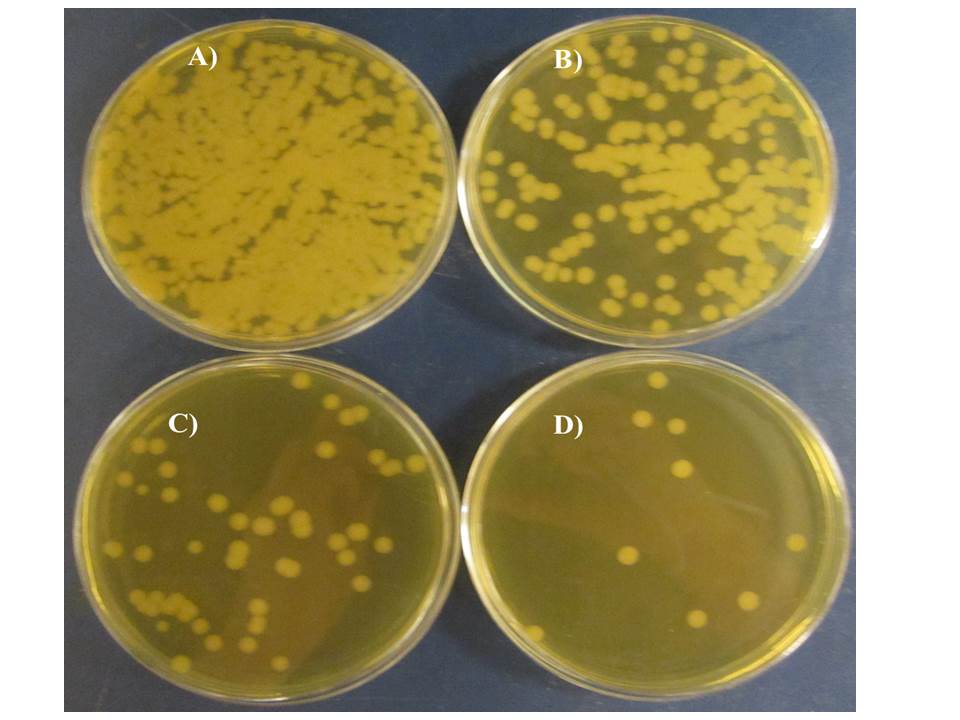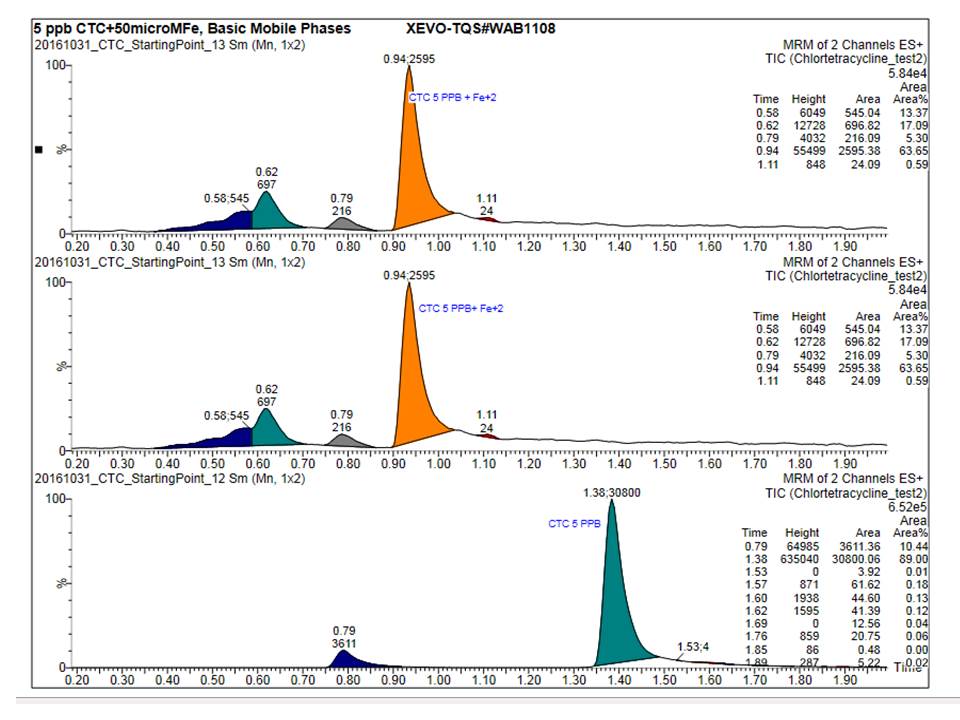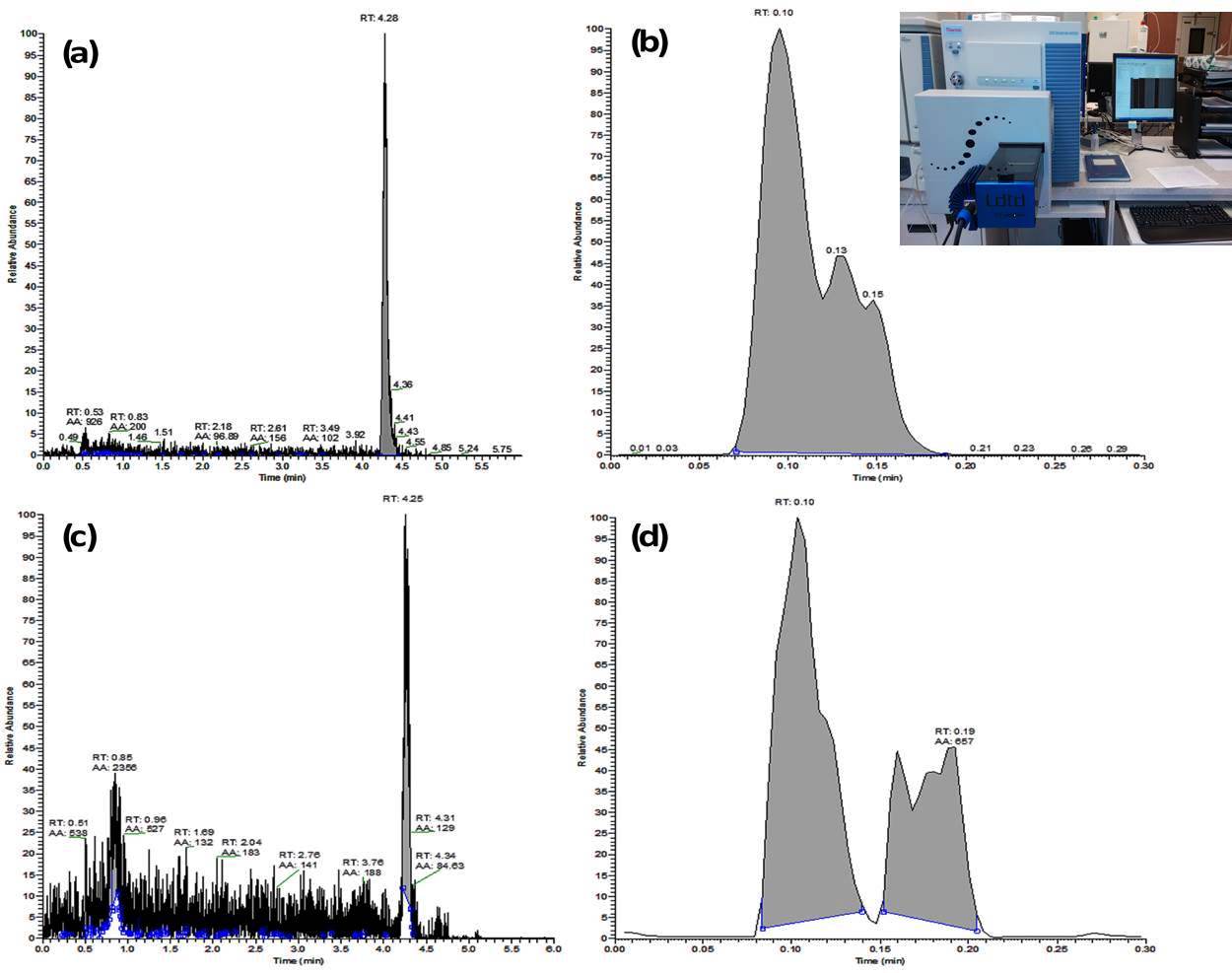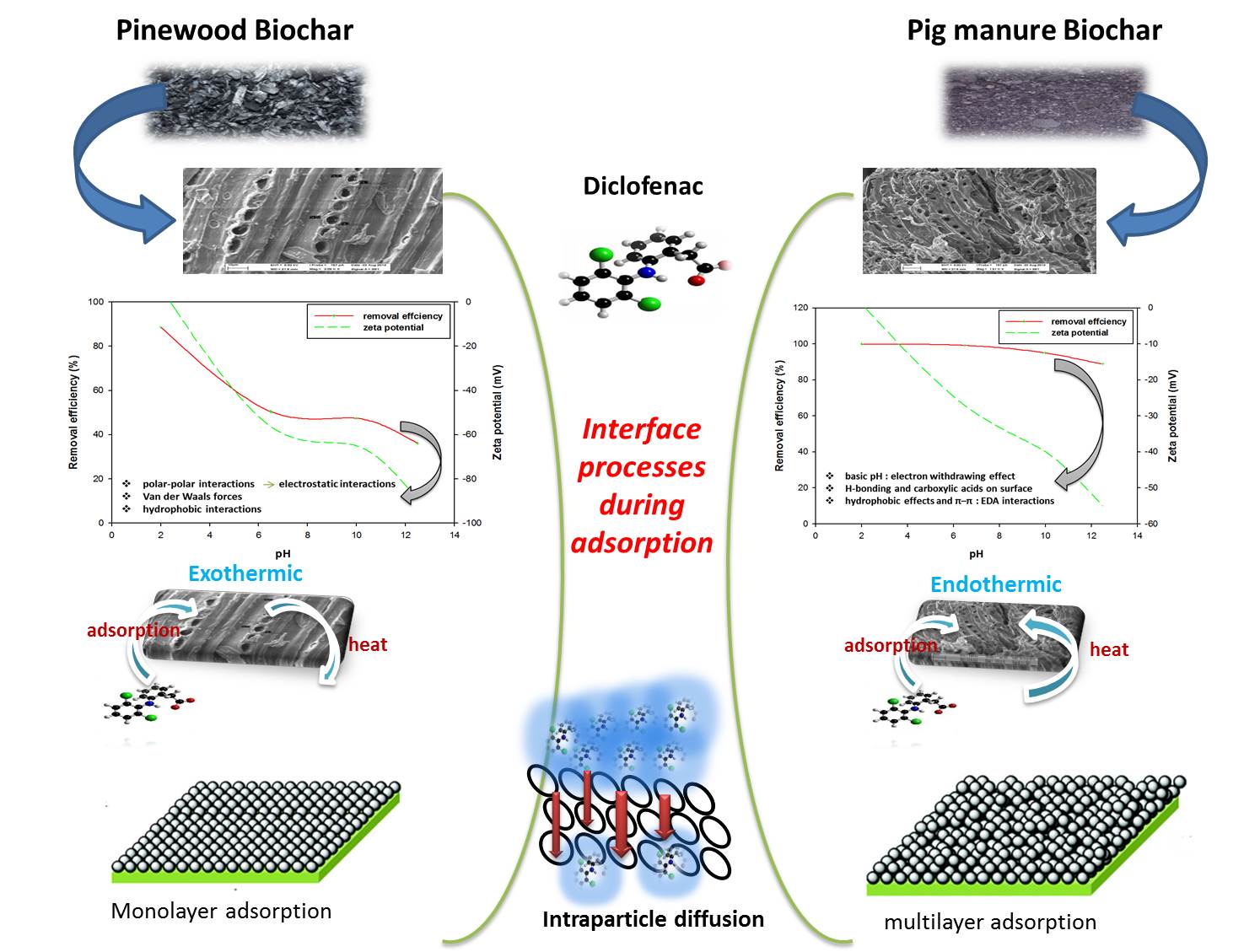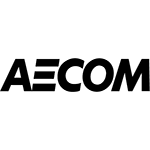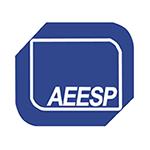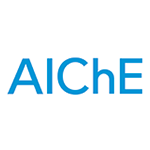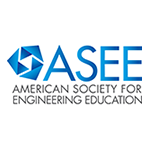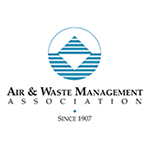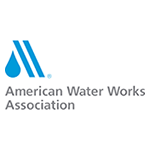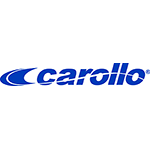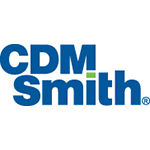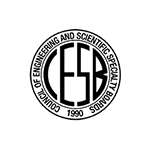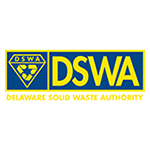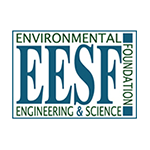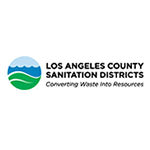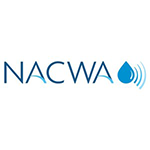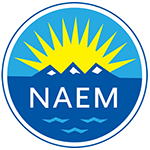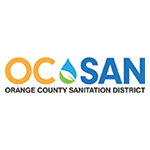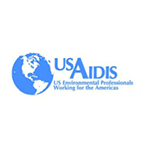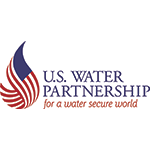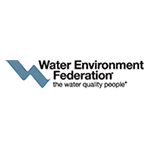- Home
- Contact Us
- News & Events
- Awards
- AAEES Awards Criteria
- 40 Under 40 Recognition Program
- Edward J.Cleary Award
- Excellence in Environmental Engineering and Science Education
- Gordon Maskew Fair Award
- Honorary Member
- International Honorary Member
- Ralph and Joe Bales Graber Science Award
- Stanley E. Kappe Award
- Environmental Communications Awards Competition
- Excellence in Environmental Engineering and Science Competition
- The AAEES Chapter Blue Marble Award
- Resources
- AAEES Microcredentials
- AAEES Press Releases
- AAEES Website How To VIdeos
- Environmental Engineer and Scientist
- Environmental Engineering Body of Knowledge
- PFAS Resources
- Specialty Examination Guide
- Students and Young Professionals Resources
- Who's Who in Environmental Engineering & Science®
- Leadership Opportunities
- Membership
- Donate
- Jobs
2017 Excellence in Environmental Engineering and Science® Awards Competition Winner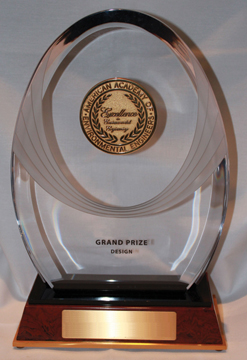
Grand Prize - University ResearchNovel and Advanced Hybrid Oxidation and Enzymatic Technologies for Emerging Trace Environmental ContaminantsEntrant: Institut National de la Recherche Scientifique 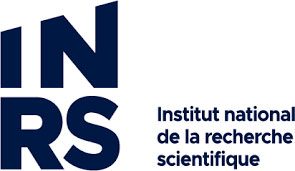 Entrant ProfileDr. S. K. Brar is Professor at Institut National de la Recherche Scientifique at Québec city in Canada. Her broader research expertise lies in biovalorization of wastes and fate of trace environmental contaminants. Her research has led to the successful supervision of 20 Ph.Ds, 6 M.Scs, 6 Post-docs and 4 Research Assistants. Dr. Brar is a recipient of the ASCE State-of-the-Art Civil Engineering award (2007), Rudolf Hering Medal (2008) and YWCA "women in science excellence" award (2015). In 2014, she was elected member of the College of New Scholars, Artists and Scientists of the Royal Society of Canada. She recently initiated Nanotechnology for Environmental Engineering as Editor-in-Chief with Springer Publishers. She has more than 230 research publications comprising 7 books, 40 book chapters, 125 research papers, 90 conferences and 2 patents to her credit. She also researches the fate of endocrine disrupters, pharmaceuticals, nanoparticles and other emerging contaminants in wastewater and wastewater sludge and finding suitable biological decontamination technologies. She has developed the original scientific concept, drafted the research programme on emerging contaminants and their holistic removal methods and obtained funding in collaboration with Dr. Rao Y. Surampalli. Dr. Rao Y. Surampalli who is a retired engineer director from US EPA and currently is President and CEO of the Global Institute for Energy, Environment and Sustainability. The research was executed in the laboratory by a team of researchers:
Project DescriptionProgressive lifestyle of the world population has led to the release of myriad of emerging trace contaminants (ETCs) in the environment, such as plasticizers, pharmaceutically active compounds (PhACs), among others. Most importantly, the transformation products of these ETCs can be found in air, water and soil and they can have potentially adverse impacts on living organisms. In fact, their wide use for humans and animals can lead to their passage into waterways and soil through wastewater treatment plants (WWTPs) and application of animal manure and WWTP biosolids to agricultural lands. The released PhACs are present at very low concentration and may cause antibiotic resistance, fish feminization or other disorders in different organisms. Very poor degradation happens in WWTPs, so that developing new treatment methods for degradation of the released compounds in air, aqueous and soil media is crucial. Different removal processes, such as physical, chemical, biological, and their combination systems for the ETCs exist. However, chemical processes, such as ozonation and electro-oxidation are generally expensive and produce more toxic by-products while microbial biological processes suffer from slow reaction and stability problems. Physical separation systems, such as adsorbent materials and membranes showed high removal efficiency though they do not degrade the compounds and need regeneration or complementary systems. Therefore, combining these systems can innovate integrated technologies for ETCs removal in wastewater and drinking water. In this team project, various rapid analytical methods and mass flow rates (Fig. 1) for ETCs in complex environmental matrices, such as wastewaters and wastewater sludge was developed. Further, enzymatic degradation using highly oxidative ligninolytic enzyme (laccase) was employed in different configurations for degradation of representative ETCs in wastewaters. The configurations include coupling enzymatic treatment with ultrasonication, encapsulation of enzyme in nano-sized/micro-sized adsorbent particles i.e. biochar and integrating enzyme and adsorbent particles into electrospun membrane. The first configuration is designed to extract the compounds from solid media and increase their mobility with ultrasonic waves and production of radicals to accelerate the reaction. In the second configuration, the adsorbent materials act as a support for immobilization of enzyme and adsorption of ETCs to increase contact time with the enzyme. In the third configuration, the membrane act as a support for enzyme immobilization, increases contact time and removes pathogens. Besides transformation of ETCs to innocuous products, green chemistry principles, such as less harmful process, renewable feedstock and energy efficiency are followed in these methods 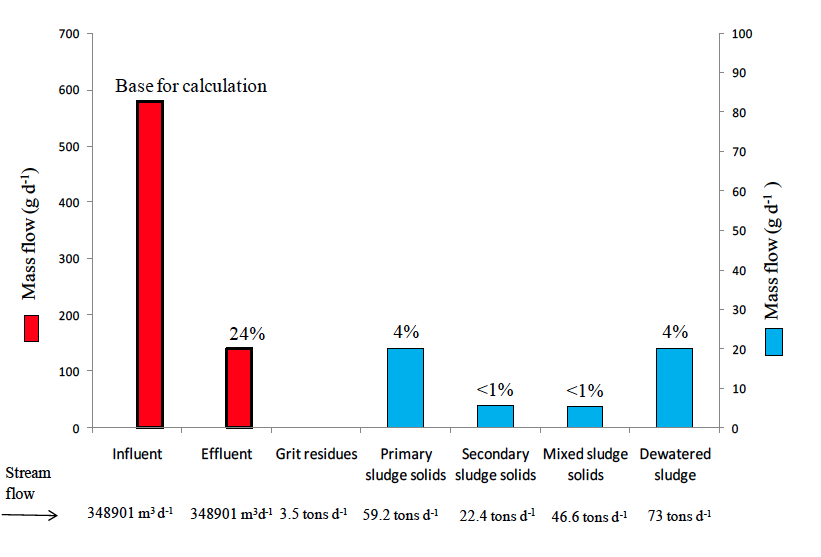
Figure 1. Estimation of mass flow rate of some ETCs. 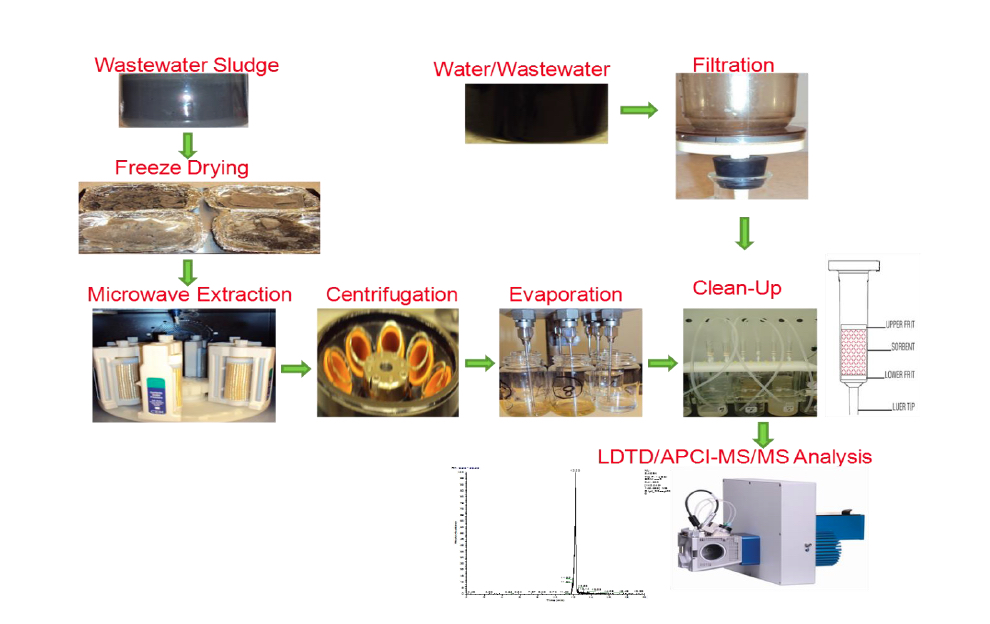
Figure 2. Analytical procedure for ETCs in wastewater and wastewater sludge. In the performed experiments, a wide concentration range (10 ppt to 100 ppm) of ETCs were tested and three compounds represented PhACs i.e. Chlortetracycline (antibiotics), Carbamazepine (antiepileptic) and Diclofenac (anti-inflammatory) and Bisphenol-A as a common plasticizer. Many treatment technologies, such as hydrolysis, Fenton oxidation, ultrasonication and ferro-sonication degraded BPA with 98% efficiency, when combined with enzymes. In fact, biochar can efficiently adsorb the three PhACs (>90% removal) and the enzymatic treatment can degrade them with moderate efficiency (45%) and high efficiency (95%) in absence and presence of enzyme mediator, respectively. In addition, the immobilized enzyme onto biochar and electrospun membrane retained at least 80 % and 40 % of its original activity after one month and ten cycles of standard substrate oxidation, respectively. Degradation of PhACs using immobilized enzyme onto biochar and electrospun membrane showed that they can remove the compounds by up to 95 % efficiency and they preserve at least 35 % of their effectiveness after 5 cycles. Yeast estrogen screen (YES) assay was performed for evaluating the toxicity of the ETCs by-products obtained in different systems. The results showed that the tested compounds and the by-products obtained in ultrasonication process are toxic but the by-products obtained in enzymatic treatment in both free and immobilized forms are not toxic. It confirmed the advantage of hybrid enzymatic treatment over the advanced oxidation processes. Combination of enzymatic treatment with advanced oxidation processes, membrane separation and nanosized adsorbent materials for removal of PhACs are being tested for the first time. These new systems can retrofit the tertiary treatment in WWTPs, drinking water treatment plants and pharmaceutical industries. Also, they can be applied for in-situ and ex-situ treatment of contaminated soils with ETCs and it has been tested in soils with amended biosolids. Likewise, as ETCs are present in nanogram or lower concentrations, their detection using the chromatography-mass spectroscopy methods is challenging in complex media. Extraction and cleanup with appropriate method e.g. solid phase extraction, liquid-liquid extraction, etc. is crucial prior to analysis. Also, selection of appropriate derivatization of solid ETCs to use gas chromatography or finding appropriate eluent mixture for using liquid chromatography is necessary for analysis. The complexation of compounds with metals or transforming to their isomers that depend on pH and temperature complicate the detection and treatment methods. In this project, a new technique called laser diode thermal desorption (LDTD) was successfully tested to substitute the chromatography methods that eliminate derivatization and eluent selection (Fig.2). Likewise, hybrid advanced oxidation-enzymatic methods tackled metal complexes which have been proven to cause toxicity and persistence in the environment. Production of laccase at reasonable cost was another challenge as the synthetic media costs can be 40-60% of the overall costs. Hence, cost-effective apple pomace was used for copious laccase production. We can develop compact hybrid technology modules for the removal of ETCs for the urban municipalities and remote communities. Likewise, this research project provided federal, state and local agencies, industry and others a better understanding to address the issues regarding ETCs in drinking water and wastewater and frame regulations for their release and control. Limited space and significant change of infrastructure which act as main cost restraint for the establishment of drinking water/wastewater treatment plants to treat ETCs can be overcome by these hybrid technologies. Further, they will offer potential growth opportunities to the environmental sector which is a $ 14 billion market with 6% annual growth rate. This will reinforce the next generation wastewater/drinking water treatment infrastructure and management strategy in the coming decade. Finally, the project will help maintain safe and secure wastewater/drinking water treatment systems adapting to growth, climate change and ensuring health safety for the world. Click images to enlarge in separate window. Click here to return to the list of 2017 winners. |

